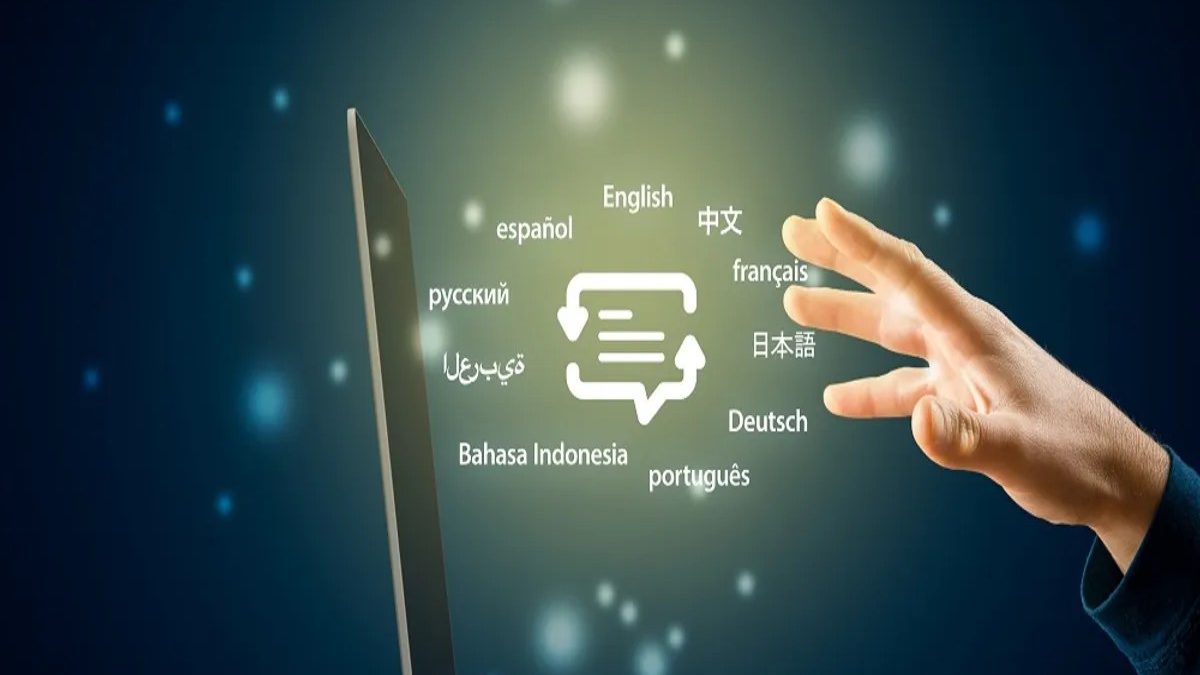If you service an international audience then you might be considering having a multilingual website and accommodating your foreign customers, however, what are the best practices for multilingual websites and does having more than one language improve your SEO? Read on to find out everything you need to know.
Table of Contents
Multilingual websites and localization SEO
When you offer content in more than one language, you also need to optimize your website to accommodate those different languages. This includes properly translating your existing website content and then writing new meta titles, tags, descriptions, and indeed target keywords.
In other words, there’s so much more to it than simply translating your content; you need for your foreign audience to be able to find your website online as well. Here’s what you should consider:
- Building a website for each of your target languages.
- Developing unique and highly localized multilingual content.
- Optimize each website accordingly in the relevant language.
Multilingual website best practices
Let’s expand on best SEO practices for multilingual websites:
1. Using individual, dedicated URLs
Each of your chosen language versions should have their own dedicated URLs. For example: www.yourmultilingualwebsite.com/fr/ – that way, Google can effectively crawl, index, and thus rank your websites.
Oh! And don’t forget to optimize your new URLs for mobile first as well! Delivering the best possible user experience goes far beyond translating the content.
2. Apply the appropriate HREFLANG tags
A HREFLANG tag is an HTML meta element that tells search engines what language your websites are written in. It sounds simple enough but the more languages you target the more complicated this process can get. In which case, it might be worth hiring a New York City SEO agency with bilingual staff to accommodate you.
3. Don’t mix languages on one page
Since Google uses the visible content on your page to determine its language you must ensure that you use only one language per page (including your navigation text and any user-generated content). This might sound like a non-issue, but it does have a negative impact so be mindful when working on yours.
You should also translate all of the “hidden” parts of your website, for example:
- Meta titles and descriptions, URLs, checkout pages, error messages, and so on.
4. Invest in quality translation services from bilingual writers
As impressive as Google translate is, you shouldn’t rely on it to translate all of the content on your website. Depending on your chosen languages, there are many things that can get lost in translation such as tone and intention, so having a native writer make those translations for you is essential.
If you’re not convinced, visit a few foreign websites and allow Google to automatically translate the page for you. They don’t quite pack the same punch as well-written translations – which can negatively impact your conversion rates.
5. Focus on location-based keywords
Don’t just change the location on your target keywords when translating your website – instead, you should be using individual sets of keywords that apply to each region. Not only do people search different things in different languages, but the search volumes will vary significantly as well.
Put the time in, do proper keyword research, and ensure that your translations factor them in as naturally as possible.
Conclusion: It’s trickier than it sounds
Don’t make the mistake of assuming that running your website through a language translation tool will be enough. If you want your multilingual websites to both rank well and resonate with your foreign audiences, then you’re going to have your work cut out for you. That said, the hard work really does pay off and will ultimately open your business up to an even wider customer base!

